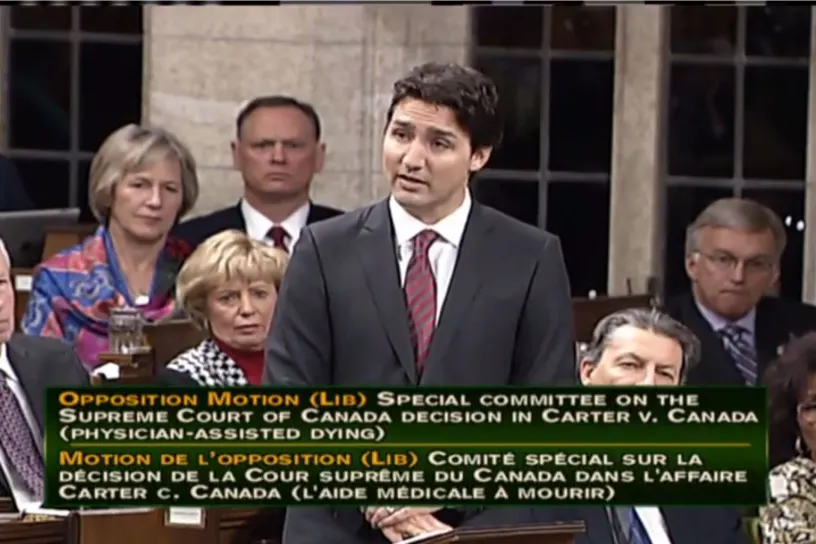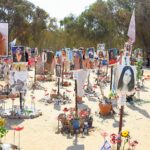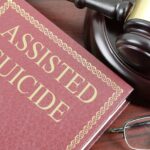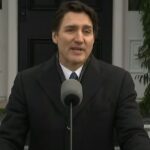MAiD / Euthanasia
How Trudeau’s euthanasia regime threatens–and targets–Indigenous people
On October 2, National Review published another bombshell report by Alexander Raikin, one of the best journalists covering the euthanasia and assisted suicide file. Raikin’s reporting is filled with brutal revelations about how euthanasia activists are strategizing to expand the regime to children, the impoverished, and other vulnerable populations. One anecdote in particular stood out to me. In 2018, at the annual conference of the Canadian Association of MAID Assessors and Providers (CAMAP), Raikin noted, the speakers – and activists with Dying with Dignity – laid out how they would undermine Christian institutions and push euthanasia.
“Just two years into Canada’s euthanasia experiment,” he writes, “physicians were busy laying plans for how to expand euthanasia to children, especially Indigenous children, since they ‘are considered wise because they are closest to the ancestors.’” One panel discussed how to best provide “MAID to vulnerable, Indigenous, homeless, and frail elderly populations.” According to one panelist: “I have a First Nation patient who meets all the criteria for MAID, but much of their suffering is due to a life lived in poverty. If I could change their social determinants of health, their situation might improve.”
In other words, if we could redefine their suffering, we could kill them legally by lethal injection.
Considering the collective reckoning Canada has been undergoing for several decades on the dark legacy of residential schools and the resulting intergenerational trauma endured in many Indigenous communities, one might think that politicians would be eager to listen to Indigenous voices on the subject of suicide. That, unfortunately, is not the case. Just as the Trudeau government ignored experts in suicide prevention, disability activists, and mental health experts, Indigenous people are being ignored as well. On September 27, Meaghan Walker-Williams issued yet another warning in the National Post in a powerful editorial titled “MAID is a threat to vulnerable Indigenous youth”:
Today, suicide is a silent crisis unfolding within Indigenous communities, striking at the very heart of our future: our youth. According to Statistics Canada, the suicide rate for First Nations individuals is about three times the national average. The numbers for youth are even more heart-wrenching. First Nations individuals between ages 15 and 24 are six times more likely to die by suicide than those who are not Indigenous.
Walker-Williams notes that the government’s position on MAID – that it is a human right, and thus fundamentally a social good – is at odds with the beliefs of many Indigenous groups, which see human life as intrinsically valuable. Proponents of Canada’s euthanasia regime will claim that the laws are neutral – neither for or against. But neutrality on this issue is impossible. As Walker-Williams points out:
It’s essential to emphasize that the Coast Salish and many Indigenous cultures hold life as sacred. The narrative that MAID could even be an implicit option for those in despair due to socio-economic challenges is not only alarming but against the very fabric of our beliefs.
In an environment where Indigenous youth suicide rates are already of grave concern, media and the state have a responsibility. The portrayal of suicide, or suggestions of it as a solution, must be abandoned when dealing with Indigenous youth — especially those in foster care, or those facing dire poverty or severe disability. Promoting discussions or policies that even indirectly mainstream this tragic choice could inadvertently amplify the crisis.
Canada must prioritize understanding and respect for its First Nations, recognizing the unique challenges we face. Addressing the root causes of despair among our youth — from the scars of historical traumas to current socio-economic challenges — requires comprehensive solutions. Offering pathways to end life prematurely should not be among them.
Unfortunately, barring a change in government, Walker-Williams’ plea will be ignored. The Trudeau government is hell-bent on expanding government-funded suicide to the suicidal, and this will become Canadian law next March if Trudeau is still the prime minister. Walker-Williams ends her editorial asking that “the narrative remains firmly rooted in upholding the sanctity of life” which is “a cornerstone of Coast Salish teachings.” But this government does not believe that human life is sacred. Christian teaching also holds that human life is sacred, but that fact was utterly omitted from the discussion surrounding euthanasia – and if it came up, it was dismissed out of hand.
Every step of the way, Christians and pro-lifers warned that Canada’s euthanasia regime would victimize the vulnerable and exploit the poor and mentally ill. This has proven to be true, time and again. It has become so obviously true that even much of the mainstream press admits that things have gone “too far” without admitting their own culpability in pushing for this regime in the first place. At every step, our warnings have been ignored. Unfortunately for vulnerable Indigenous youth, there is no reason to believe that this prime minister and this government will not ignore the warnings this time, too.








